This year’s Jane’s Walk in Sainte-Anne-de-Bellevue brought local history to life, thanks to John Abbott College teacher and guide Ryan Young.
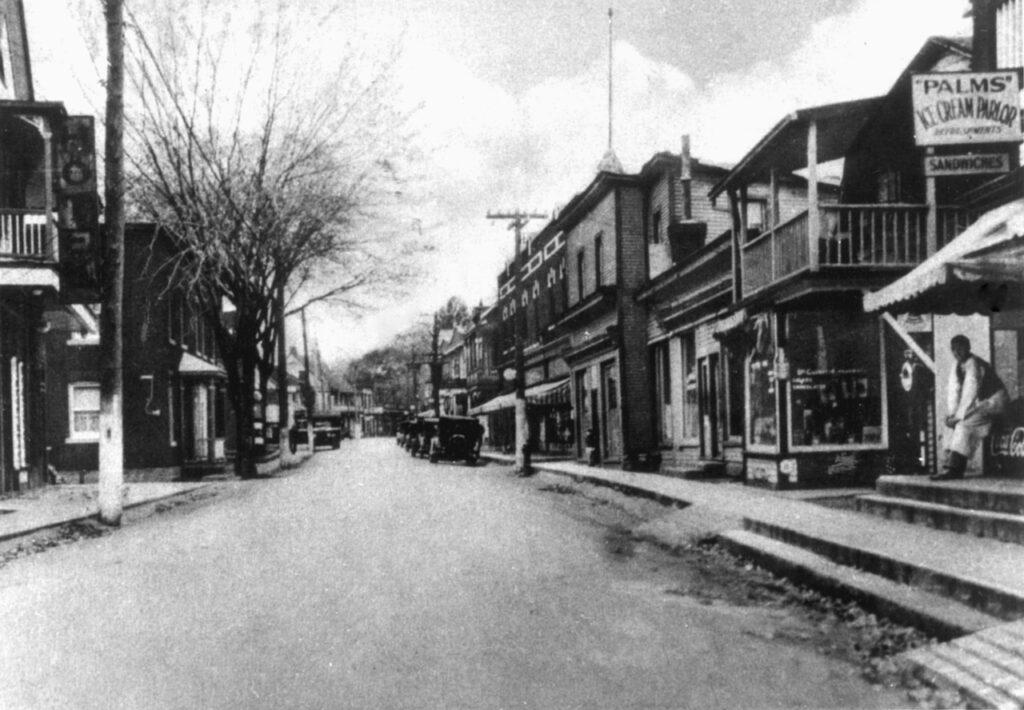
History has a way of coming alive in places where historic architecture is intact. Add to that a knowledgeable and enthusiastic teacher, and the past becomes the present.
So it was during the recent Jane’s Walk in Sainte-Anne-de-Bellevue when Ryan Young, a teacher at John Abbott College, guided 42 history buffs around his beloved city to discuss its past. “I’ve always been interested in the history of my city,” Mr. Young said.
Jane’s Walks, held globally on the first weekend in May, were instituted in 2007 to honour the late Jane Jacobs, an urban activist and author of The Death and Life of Great American Cities.
This year’s Walk was a resumption of the activity following two fallow years during the pandemic.
Mr. Young, who has lived in Sainte-Anne-de-Bellevue since early childhood, serves as a municipal councillor. “I feel the need to be an ambassador for the city,” he says. “There are people who live here who are obsessed with its history.”
For those of us who are not quite obsessed but who believe that knowing history is insurance against repeating it, this year’s Jane’s Walk was fascinating. To wit: Sainte-Anne-de-Bellevue traces its origins to the 17th century. And yes, this is a small town at the western tip of Montreal Island, but its growth was contingent upon large North American issues and movements, including the War of 1812 and the American culture of manifest destiny.
Walk around its neighbourhoods and it’s clear that much of it would be familiar today to residents who lived there in the late 19th century, thanks to the preservation efforts of individuals and institutions.
Here are a few highlights of Mr. Young’s walk:
* If you’ve visited the Ste. Anne’s Market, you’ve been in a place that was called Government Wharf, built around 1850. It was later the site of a hotel and then a bus depot. But as a wharf, it was the spot where commercial and passenger boats docked, including paddle steamers, Mr. Young said. “There was also a ferry from Ile Perrot that docked there.”
* Government Wharf was used to unload commercial goods for the G. D’Aoust department store, which opened in 1900. Designed for Guisolphe D’Aoust by his friend, architect Dalbé Viau (who designed St. Joseph’s Oratory), the store was built for $800, and was later expanded. It was Mr. Viau’s first post-university commission. “Mr. D’Aoust had things in the store that people couldn’t get elsewhere,” Mr. Young said. “He travelled the world to find goods. His main competition was the Eaton’s department store downtown.”
* Some West Islanders may remember the electrified pulley system in the G. D’Aoust store that was used to transport cash to a central cashier. Operational until the 1990s, it was retired “because parts were no longer made for repairs,” he said.
* The building that currently houses Annie’s was built in 1880 as the Riverside Hotel, Mr. Young pointed out. It accommodated tourists who flocked to the Lakeshore for summer vacations. “Sainte-Anne’s was known as a party town,” he said. “Americans came here during Prohibition to drink. Massive quantities of alcohol were transported through the town. The church would post a sign that urged people not to drink, but Sainte-Anne-de-Bellevue had the highest per capita consumption of alcohol in Canada.”
* The Town Hall at 109 Sainte-Anne Street, was built as a private home. Once it became a public building, it housed several services, including a post office and fire department. “The bricks had been painted white,” Mr. Young said. “The paint was removed and the brick restored. The portico was also added. Note the dentil mouldings around the building’s roofline.”
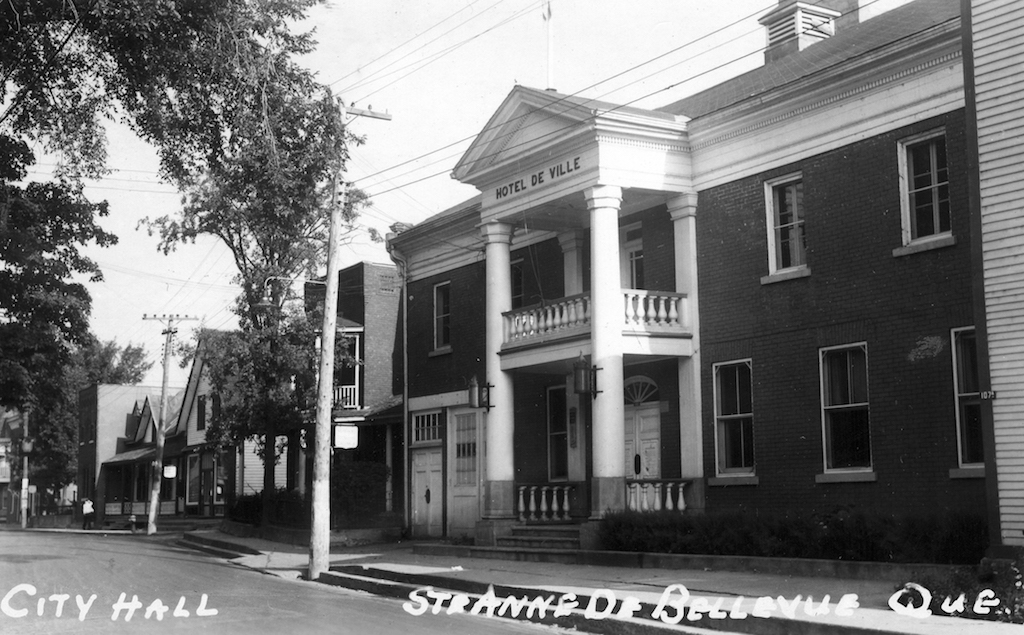
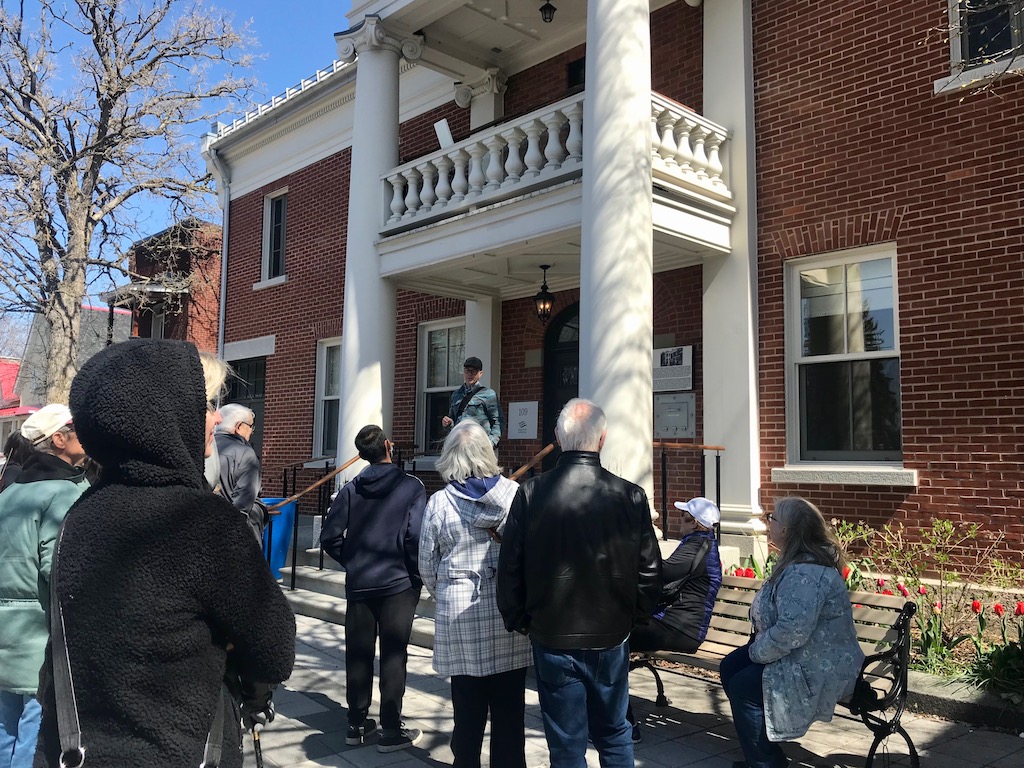
* The town evolved organically. “I believe that in 1825, there were 40 houses in Sainte-Anne’s,” he said. “Many houses were built between the mid-19th century and the turn of the 20th. Some of the houses were designed in ‘boom-town’ style, which features flat roofs.”
* The building known as the Simon Fraser House was the focus of the fur trade. “Beaver hats were stylish in Europe in the 18th and 19th centuries,” he said. “Beaver pelts were traded here. By the 1960s, the house was threatened with demolition to make way for the construction of the bridge. The community rallied and saved the building.” Read more about this historic house here.
* The land is strategically located near the confluence of the Ottawa and St. Lawrence Rivers, making it an important place for indigenous peoples. “There must have been indigenous life beside the river, near the church,” Mr. Young said. “The area was a gathering place for Mohawk and Algonquin peoples.”
* While the canal and locks are currently used by pleasure boaters, there was a strategic military reason for their construction in the 1840s. “During the War of 1812, the Americans tried to invade and take over Canada, which was British territory,” Mr. Young says. “The canal in Sainte-Anne was part of a series of locks and canals up the Ottawa River and down to Kingston, built for defence. The locks also created economic opportunities. Lumber came down the Ottawa River and through the locks. Barges of sand came from Oka.”
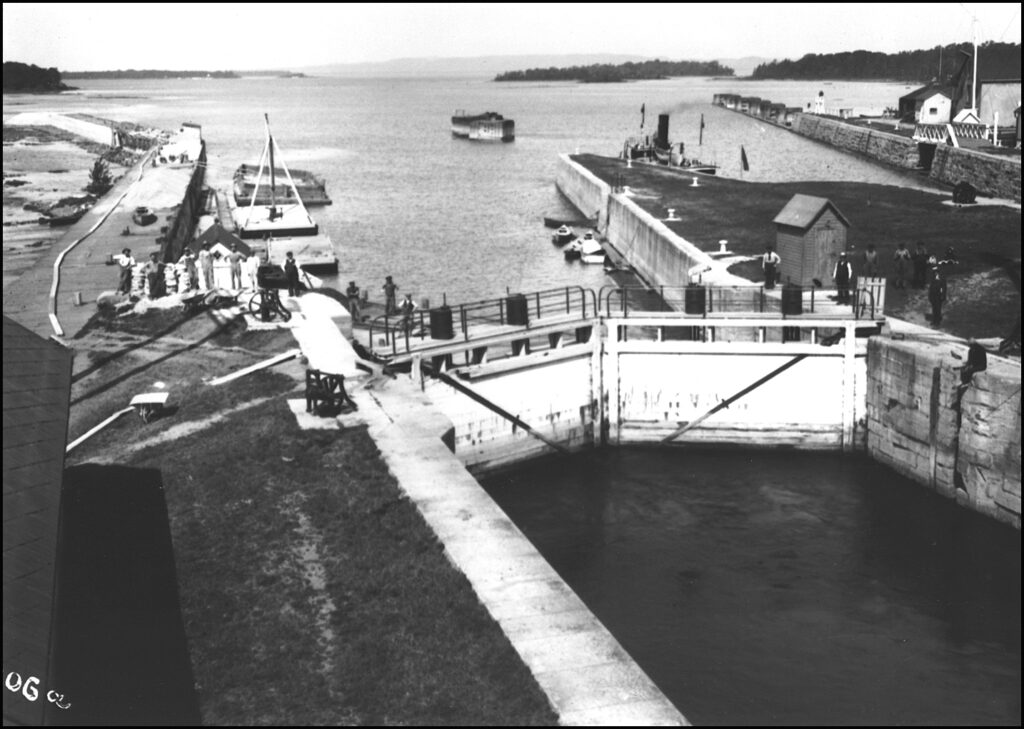
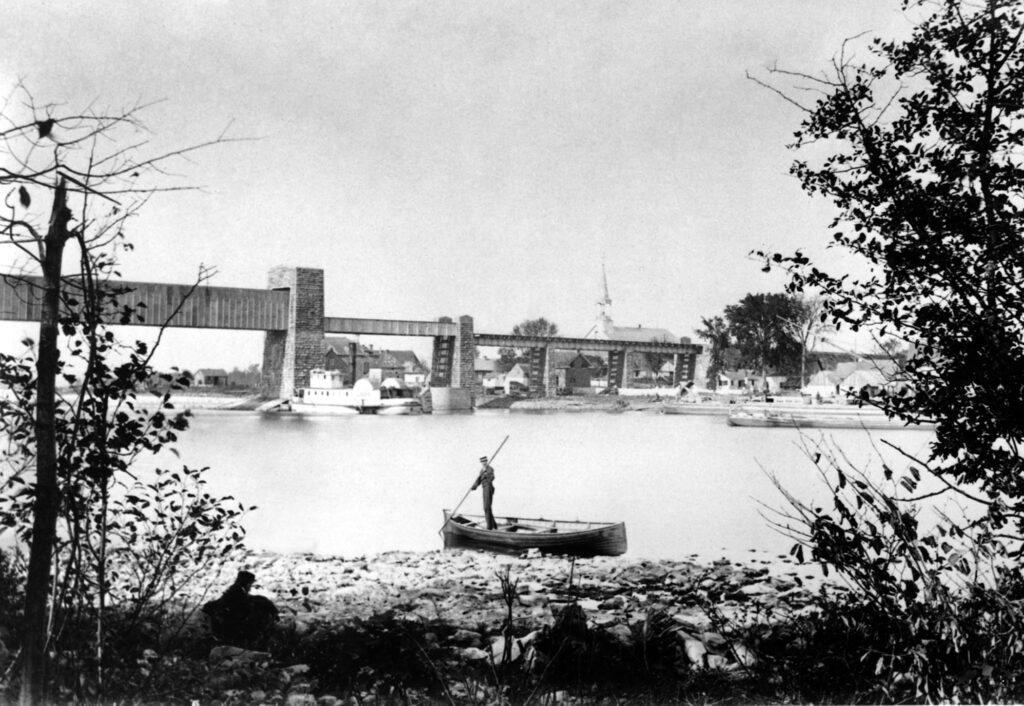
* The church, built in 1703, “had almost no windows in it, but rather openings for guns,” he added. By the late 1800s, there were nearby mill buildings, flanking the canal. “The mill was at first a grist mill, then later modified into a saw mill, and there may have also been a woolen mill. At the end of the 1800s, this mill operation had expanded to seven buildings,” he said.
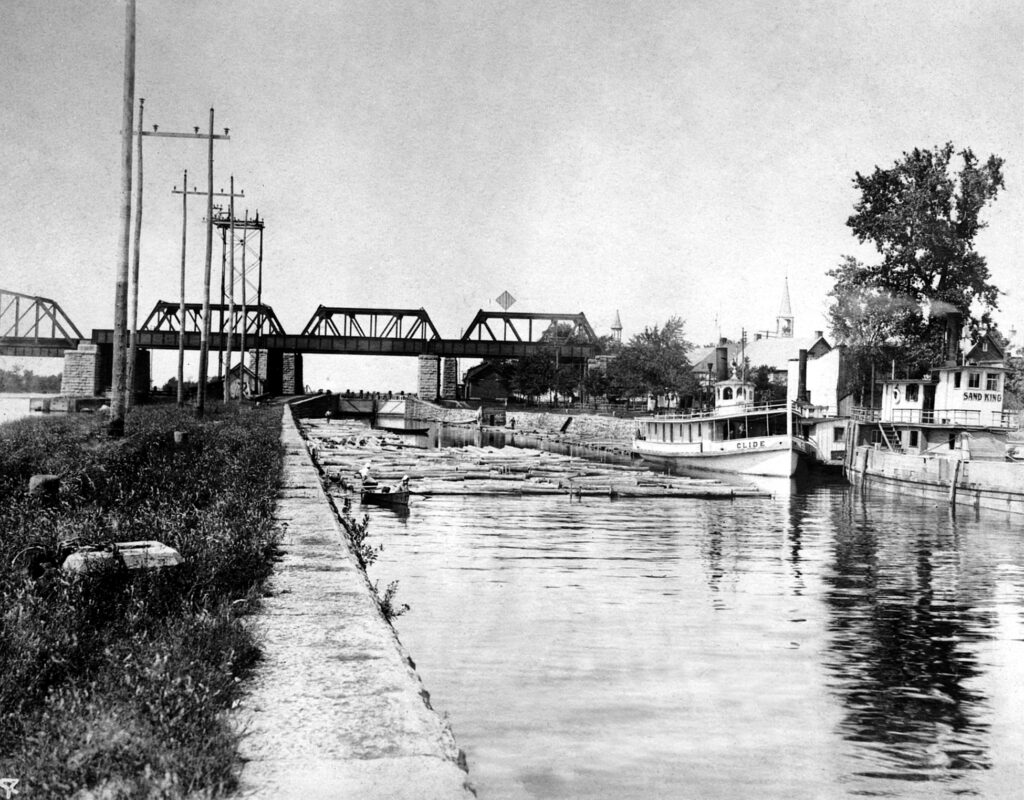
“This was an economic place,” Mr. Young said. Today, it’s a picturesque neighbourhood with a college-town vibe. But the reminders of its history are everywhere. And for many reasons, history is worth remembering.
Ryan Young will conduct further walking tours around Sainte-Anne de Bellevue later this summer. Stay tuned; West Island Home & Life will keep you posted.








